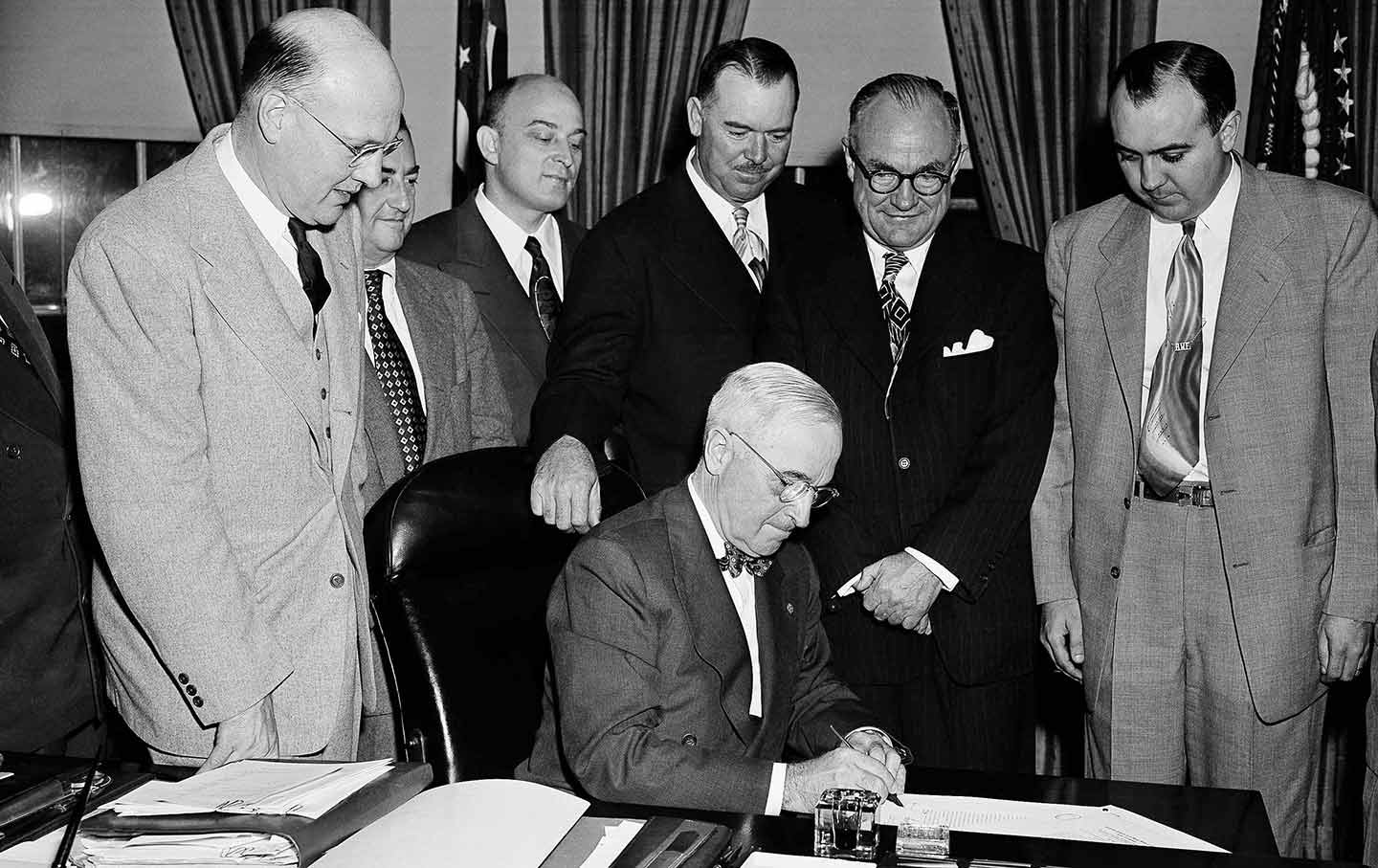While environmental issues have historically been secondary concerns for government, they are currently gaining the attention of the American people. A poll released by the Quinnipiac University Polling Institute in December of 2018 reported that 69 percent of American voters were concerned to some extent about climate change.
They’re looking for a solution, which is exactly what Rep. Alexandria Ocasio-Cortez, and Sen. Ed Markey, are hoping to provide through their Green New Deal, a proposal that has garnered the support of 84 co-sponsors from the House of Representatives and 11 co-sponsors from the Senate.
Since the release of its outline in early February, the Green New Deal has caused uproar from both sides of the political spectrum, pushing the conversation around climate change to the forefront of voter’s minds. Labeled “a socialist manifesto” by Sen. John Barrasso, and met with harsh skepticism by Democratic speaker Nancy Pelosi — who referred to it as it “the green dream or whatever they call it” — it is clear that the resolution isn’t popular amongst all members of Congress.
These reactions are in part due to the ideals that the outline implies, which are not exactly subtle. The Green New Deal is, essentially, the prelude to a what could be a massive policy package aimed at eliminating all the United States’ carbon emissions, restructuring the country’s economy in the process. While a plan this radical is unlikely to pass as is, if at all, it could impact future policy.
The mass publicity it has received from Rep. Occasio-Cortez’s large media following, and associated backlash, is setting up environmental issues to become a main focus in the upcoming 2020 elections. Additionally, the direct way in which the Green New Deal approaches environmental and social issues is transformative to the way people view government responsibility regarding these problems, generating a broader and more direct platform from which they can be discussed.
With that in mind, here is a breakdown of the resolution’s main points and its impact.
What is the Green New Deal?
As it stands, the Green New Deal is a non-binding resolution, which is key because although it’s being presented as legislation, it is more like a letter of intent. If the resolution were to pass, it alone would not create any new programs that Congress would have to enact, rather it would place its goals at the frontline of legislative action. Essentially, it is framework outlining the way in which Rep. Ocasio-Cortez and Sen. Markey would like to see environmental policy move forward.
Essentially, this resolution has one main goal: to minimize the United States’ carbon emissions as much as possible through measures that create jobs and boost the economy, while minimizing the impact these large-scale social changes have on vulnerable communities.
What are the specifics?
In order to accomplish all the goals it has laid out, the resolution calls for a “10-year national mobilization,” reminiscent of the ones that took place during World War II and the Great Depression. The overarching objective of the Green New Deal can then be sectioned off into three main sub-goals.
The first and leading aim of the resolution is to minimize carbon emissions and eliminate fossil fuels entirely by focusing on shifting the nation to use 100 percent renewable energy sources. The proposal also calls for the enactment of giant projects such as overhauling transportation networks, upgrading all existing buildings to more sustainable systems and working with farmers to eliminate pollution and greenhouse gasses.
The second section of this proposal centers around social initiatives, minimizing the impact such changes could have on “frontline communities”: racial and ethnic minorities, the elderly, the disabled and the impoverished. In order to protect their interests and minimize systematic injustice, the resolution calls for transparent collaboration with these groups through local consultations and community-driven projects.
The final section is the most left leaning and likely what drew the aggressive backlash. It proposes big, climate-change-related suggestions: a series of progressive economic proposals, including high-quality health care, affordable, safe and adequate housing, clean water, clean air, healthy and affordable food, access to nature and a guaranteed job with a family-sustaining wage, adequate family and medical leave, paid vacations and retirement security for all the people of the United States.
How plausible is the Green New Deal?
Although climate change defenders acknowledge that aggressive measures are required to reverse or least alleviate the effects of climate change, this resolution is not necessarily the best fit.
Most glaringly, it is just not realistic. Jesse Jenkins, a postdoctoral environmental fellow at Harvard’s Kennedy School, has stated that achieving a carbon-neutral future in a decade may be an unreachable goal. He notes that reaching for the same goal in 2050 may be more feasible but would still require a tremendous effort. The resolution itself is merely a list of lofty ideas and, although some are good, it offers no timeline or notable strategy to put them into action.
Through the incorporation of hardline socialist economics, the resolution is also deeply polarizing and divisive. Many moderate candidates are not willing to associate with a resolution that promises high expenses and intense government involvement. For moderate Democrats, this would radicalize them in the eyes of voters and destroy their chances of re-election. As for Republicans, even those with environmental concerns, it would be contradictory to their party affiliation to align themselves with such policies. So, as a strategy that crosses party lines, many candidates just advocate a carbon tax in the hopes that it will encourage greener practices across commercial industries.
Why should you care?
The Green New Deal presents a politically powerful idea and has reenergized the issue of climate change for liberal Democrats. It is one of the first pieces of legislative material that has shifted the full responsibility of environmental issues onto the government. The debate has framed the climate change issue as one to watch in the upcoming election, one voters will use to test the alignment of candidates against their own values.
Most importantly, the Green New Deal has resuscitated the idea of the United States as a global leader, this time in environmentalist policy. Although it is unlikely to pass, the resolution has reignited a sense of responsibility and provided some ideas that may be reworked into policy over the upcoming years.
















